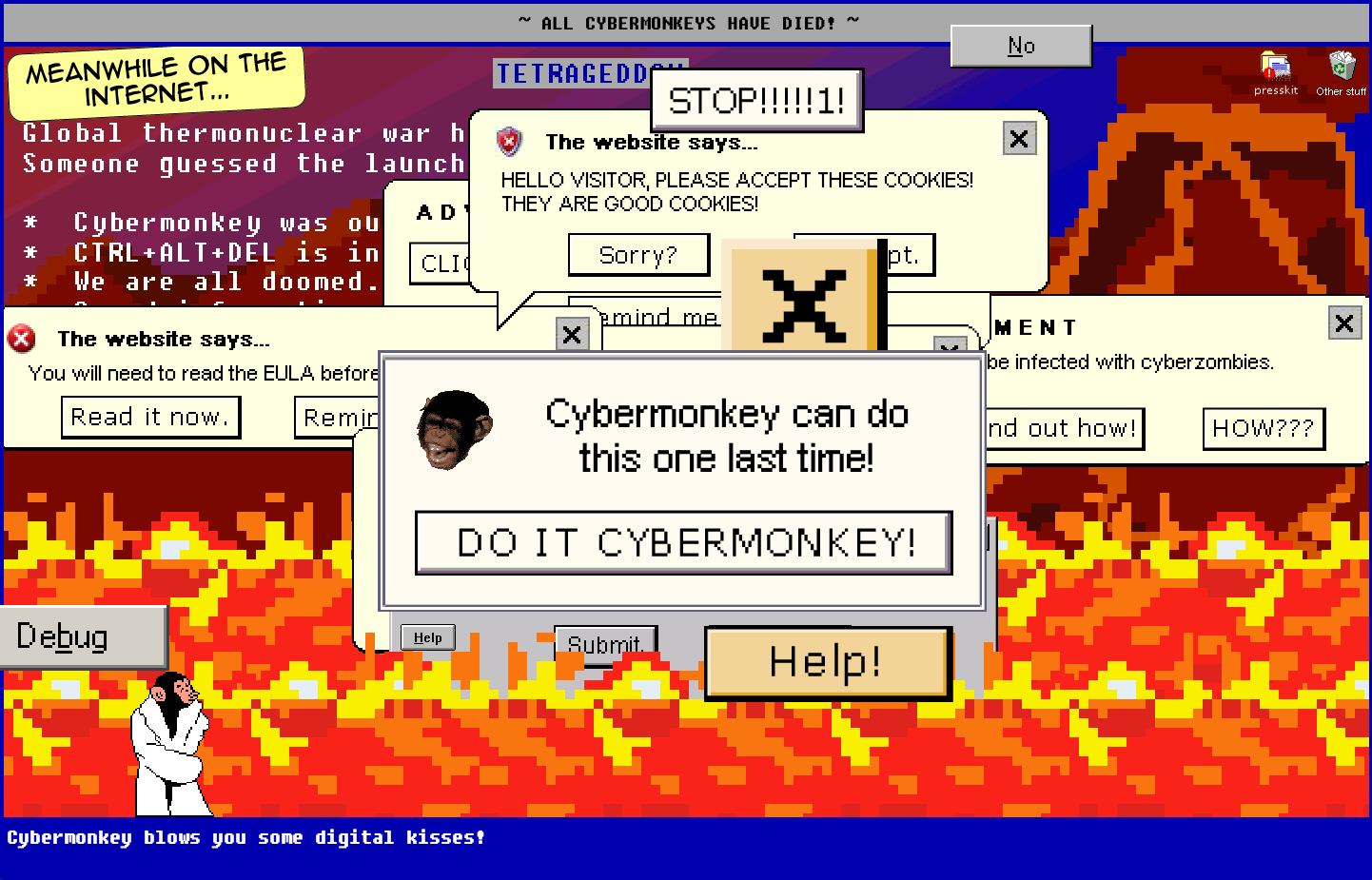
There is no greater joy as a game developer (and general fan of video games) to just browse random game jam submissions and get lost in a sea of work. There is so much stuff being released every day, you could isolate all releases for just one month and it would probably take a lifetime to play through everything. From all that, only a small sliver is ever really seen.
I don’t think that’s bad. I think that abundance is brave. “Amateur” work is and always was at the heart of video games.
I say this because browsing random jam games takes me back to that time when games were still relatively new to computers… you couldn’t really expect much more than two colored circles, squares, or triangles that “represented” things and involved some type of game-like interaction that you had to figure out. No tutorials. You had to read a paper manual. If you didn’t have a paper manual well…
That “figure it out” feeling seems genuinely unique to games.
Depending on where in the world you lived, games were often hard to come by. As was my case, pirating them was the most sure way of getting titles not available there, so when you did get one you had to appreciate it. You had to get to know it and figure it out.
I love that feeling of being given something that feels almost like an alien relic, without much context, and being sucked into what basically amounts to someone else’s interactive train of thought.
A space where you wonder what you are supposed to do, if you are doing it right, or what you are even doing here.
It’s that feeling of seeing a game for the very first time that reminds me of why I love them so much.
The art of designing interaction is full of beautiful misunderstandings. A player asking “Am I even doing this right?” can land them between the two conclusions: “What even is this?” or “Yay! I get it!” and, as a designer, I love how you can learn how to make people feel either way. It’s part of mastering that interactive language.
Games are inherently weird! They are cryptic, strange, difficult, brain-fart little things at heart. A good designer will be able to communicate purpose to you, but (at heart) playing one is a weird first impression. It always feels new and like you’re not quite doing it right.
To me, this is what makes games beautiful. They never really get old. In this context, even the most amateurish games have something interesting to offer.
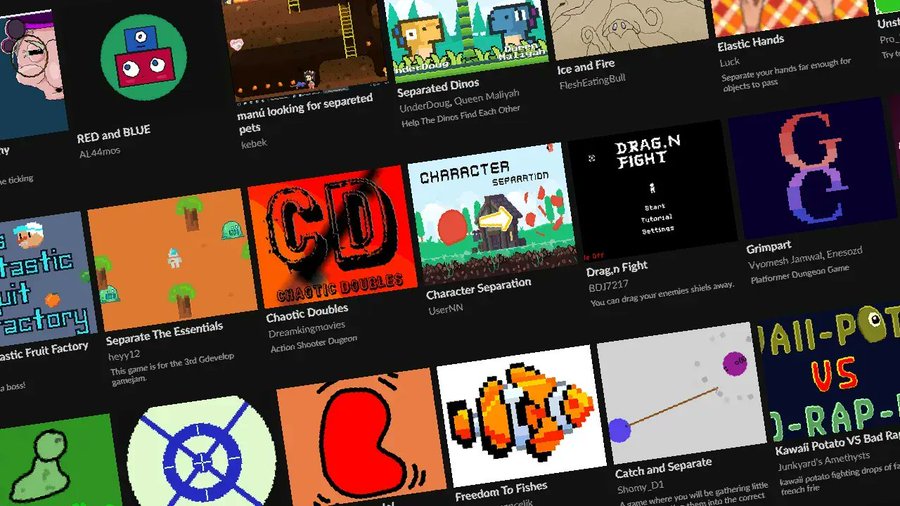
Anyway… These things were on my mind while browsing the submissions to the GDevelop Jam #3: https://itch.io/jam/gdevelop-game-jam-3/entries
There are about 336 entries, all interpreting the theme of separation.
I’m excited to highlight some of them that stood out to me.
– Love Finds A Way by Spinie1
What I find interesting about Game Jams is how people interpret the theme so wildly different. It illustrates how broad of a craft game design is. Some will incorporate the theme as a story, some will as the actual interaction like in Soul Out or SPECTRUM. Puzzle platformers like Stickey Keys and Get Your Controls Back even featured intentionally “separating” input from the player and you had to get it back in order to solve the space. These I found inspiring for how they were a unique way to “break the fourth wall” in a design sense.
Sometimes you will see things come out of the jam that are completely unique… you would never have thought of such a concept, and maybe they would never have happened if it weren’t for the jam.
– SPECTRUM by Calastrovsk
One that stood out to me was SPECTRUM.
In itself it’s an interesting concept. You are given a spectrum of colors that you control, in a platformer setting, and you have to either combine or separate the colors to be able to collect things and progress. Each color is controlled at the same time, so you have to use elements in the level to separate them, making you very aware of how you are moving.
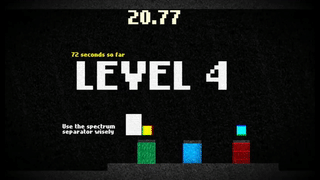
Spectrum is interesting because you have to understand how to combine colors, so you can match them to the objects you are trying to collect.
This is fascinating because it works so well. It’s involving, puzzly, and conceptually unique. I don’t think it would even exist without such a prompt but it could easily become its own thing if it were built on.
A lot of indie hit successes started as jam games. Game jams seem to be a cornerstone to exploring interesting ideas that would otherwise not even be given a chance to exist.
I feel like SPECTRUM is one that reflects much of that.
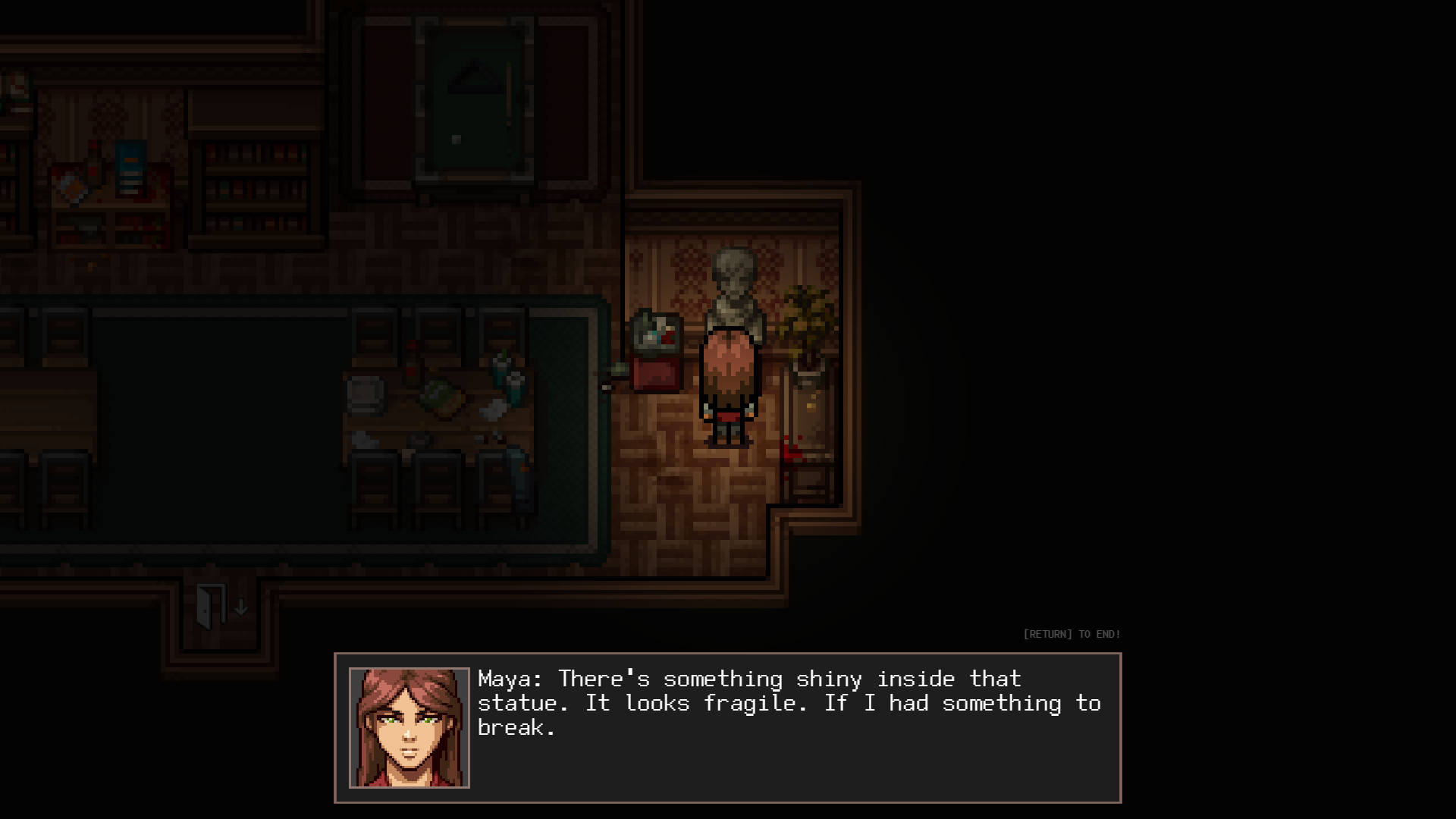
– The Cult Blood Sisters by André Holtz and Willian Holtz
Where a game like SPECTRUM takes on the “separation” theme in an explicitly design sense, you will then have games like The Cult Blood Sisters or Ice Infected that use the theme in terms of a purely story sense. The interaction isn’t necessarily the focal point.
The Cult Blood Sisters has you playing as two sisters in a mysterious abandoned haunted house who end up being separated. You have to solve things separately to be reunited. It’s a horror, with all the trimmings. The music and sound work is eerie, as are the elements in the environment that allude to the story. I think it’s a brilliant accomplishment for a jam.
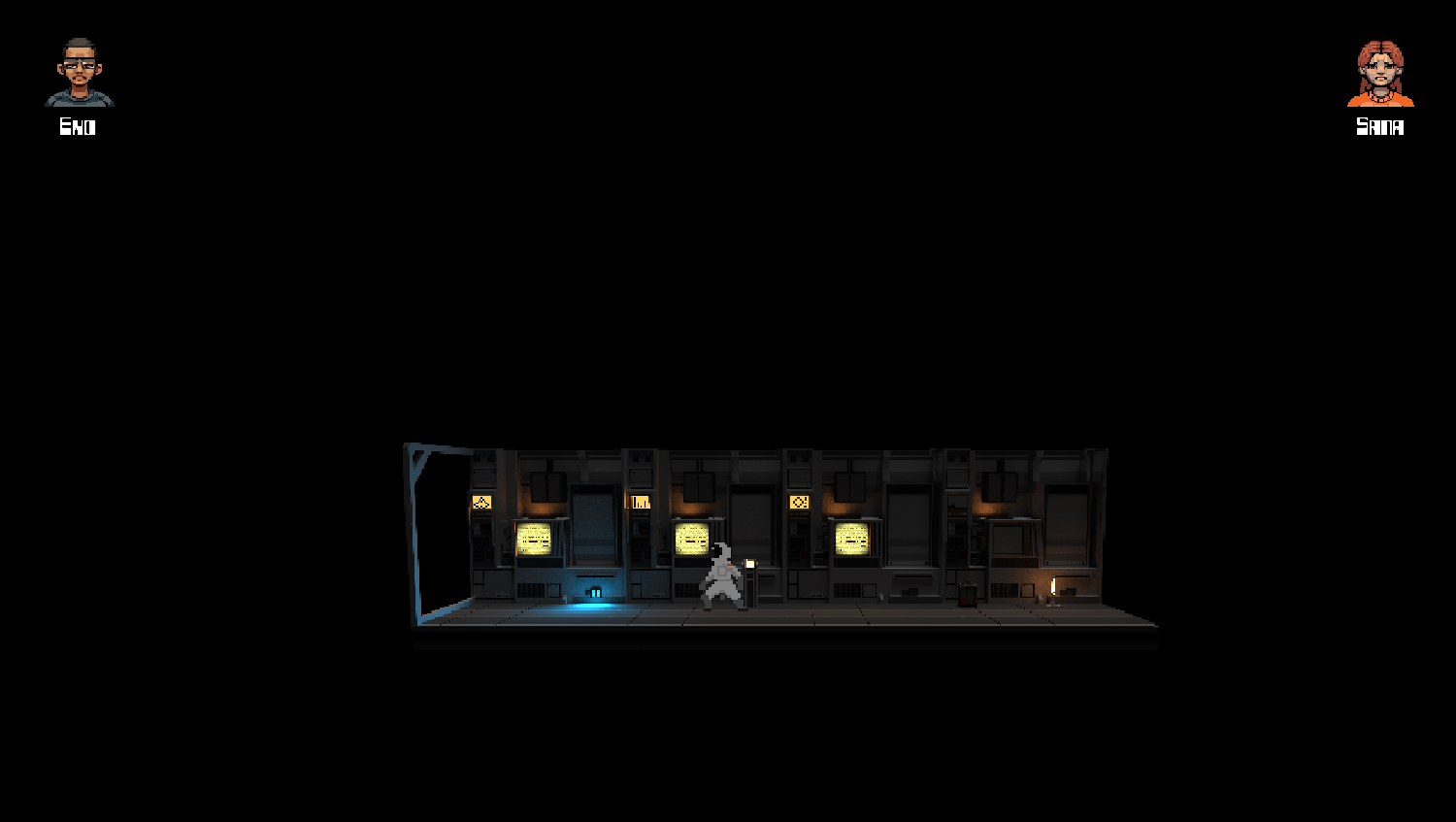
– Ice Infected by Noxbird
Ice Infected is similar in following the theme of playing two separated characters that have to meet at the end, except it is placed in space. I loved Ice Infected for the environment. It’s eerie, atmospheric, and is also the developer’s first game!
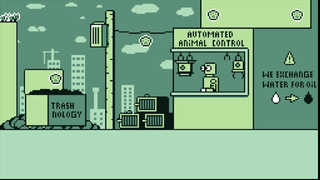
I love the jam games that offer small stories to play through because it very much feels like reading a short fiction. It’s nice to get a break from games that demand 40+ hours of your life to finish. I get just as much fulfillment from the shorter examples, like Bitsy or Game Jam games. I hope someday they can be just as appreciated. They bring so much unspoken value to the space.
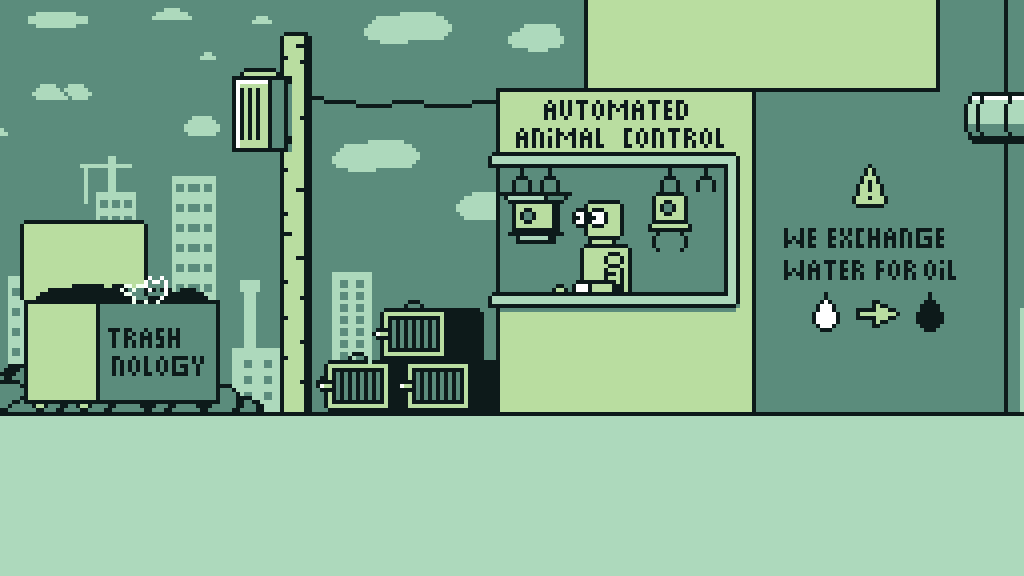
– Sepawrated by guilearns
Game Jams are hard. I’ve joined a couple in the past and found it probably one of the best ways of teaching you how to control scope, settle, cut features, and work to making a cohesive thing. It’s a crash course.
I have to admire jam games that manage to successfully take on all the aspects of working the theme into the actual design for the interaction, building a world with a story structured around the theme, all with a beginning middle and end.
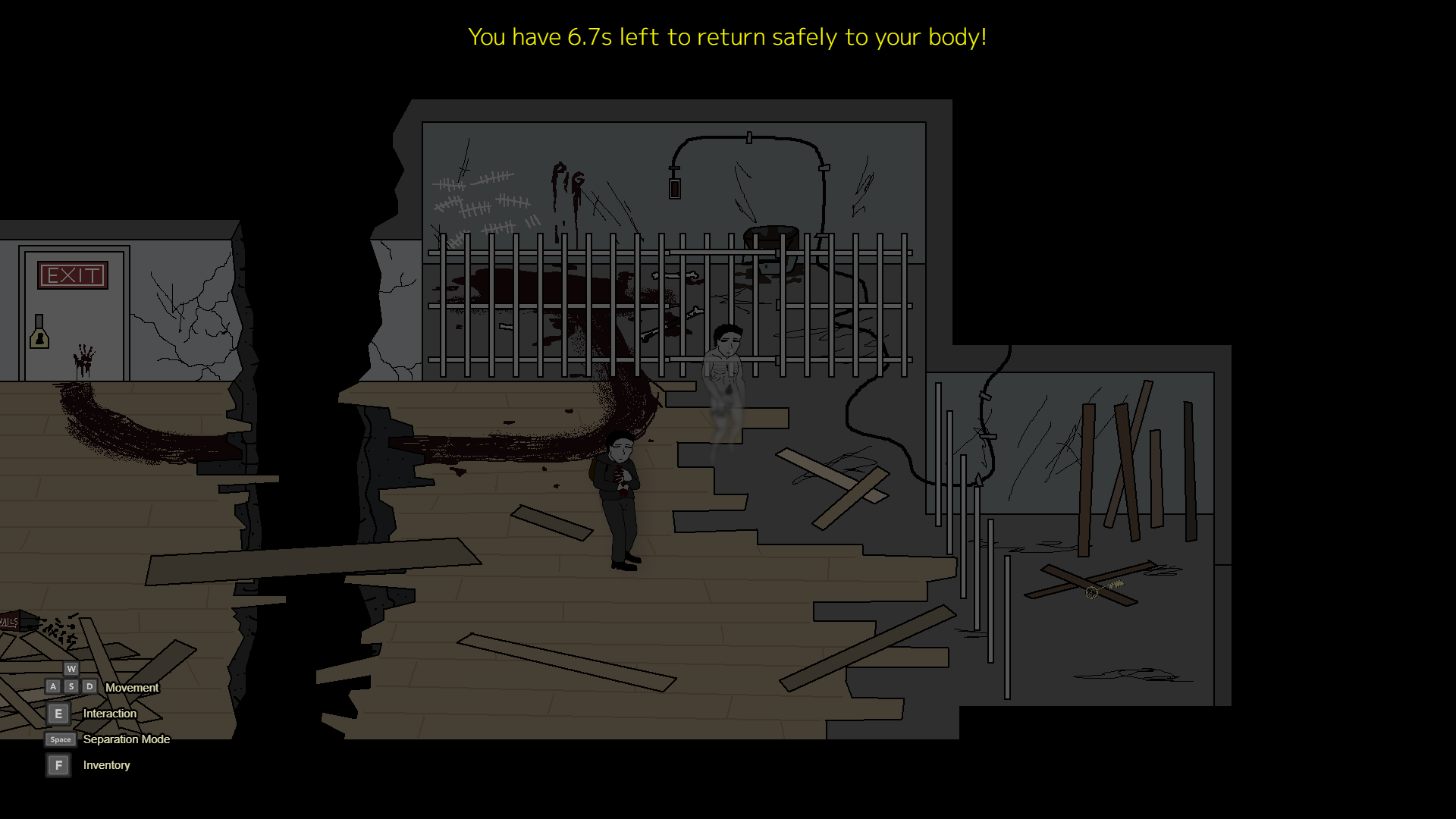
– In Two by Brudda
In Two is one that features the theme of separation with both the fiction and interaction in an interesting way. In it you were the victim of a cult ritual cut short and now your soul can leave your body for small periods of time. You use this new found ability to explore the environment to solve puzzles. Your incorporeal self can look around, and your physical self can act on what you discover. It’s more of an adventure game with an inventory. I think it’s a beautiful achievement to have come up with something this complicated, polished, and cohesive for the amount of time. I was certainly engrossed.
Astral Adventure by MakePlay is another game with a similar theme of leaving your body to explore an environment. It is a first person atmospheric horror about astral projecting and outrunning the grip reaper.
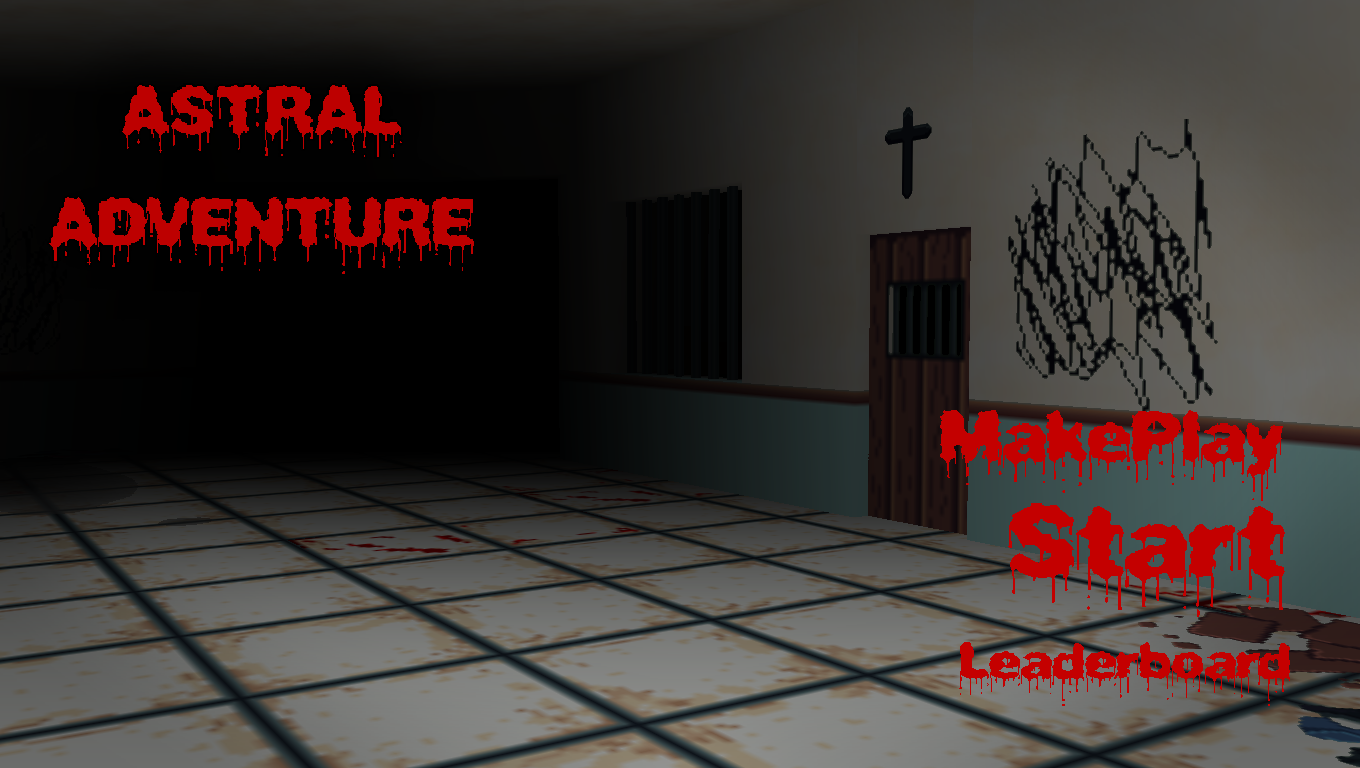
– Astral Adventure by MakePlay
When playing jam games you will often find ones that come way out from left field. Everything about them is bizarre. There were a few where I was so confused by the interpretation and execution I was almost in awe at how bizarre it was.
If you are familiar with my work then you will understand why I love that so much.
I think that games are inherently bizarre. The combination of interactivity, sound, art, and “whatever else”, all being shoehorned together can often land in the realm of ridiculous. It’s easy to misunderstand games.
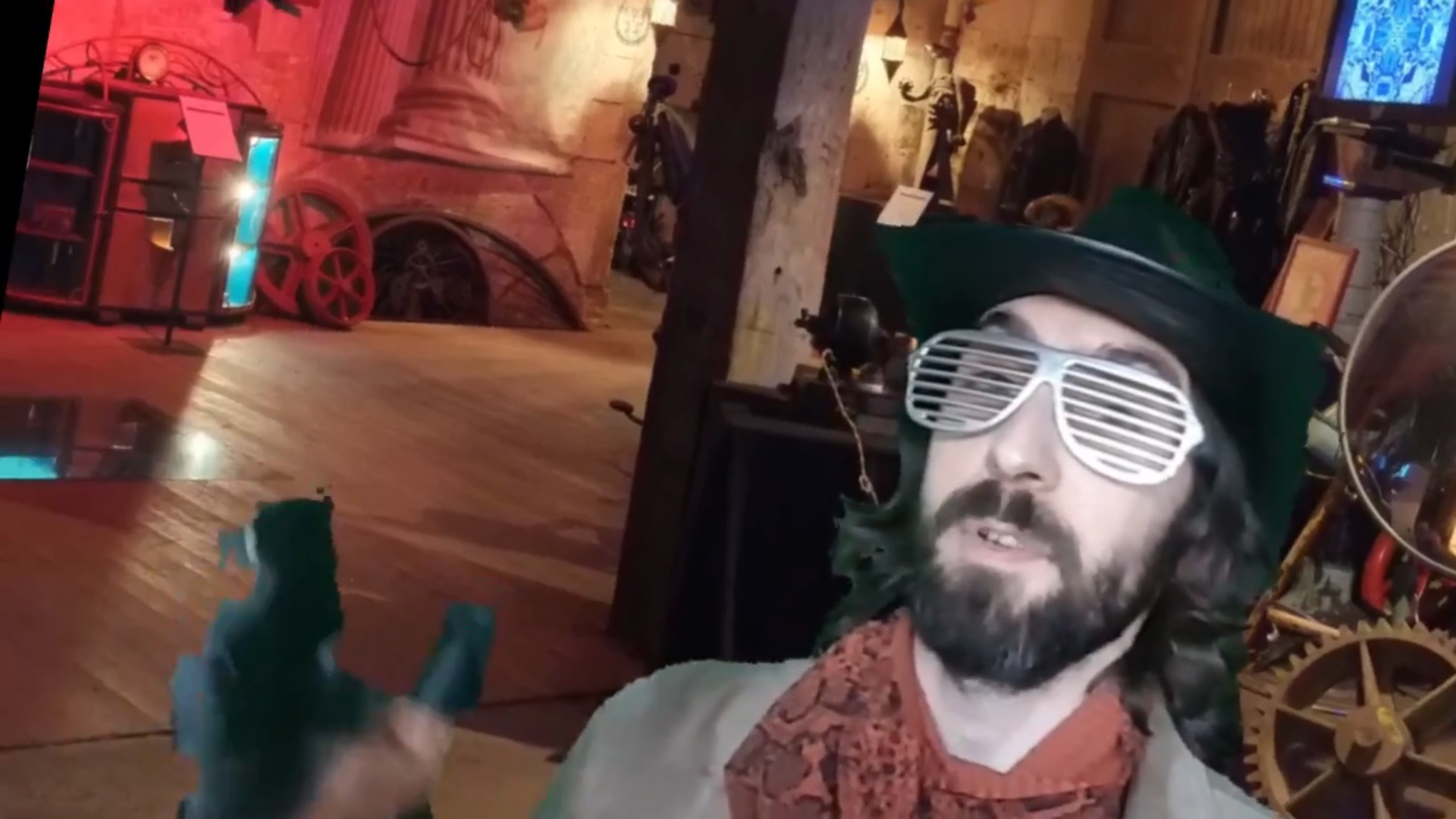
– Nine Hole Ninja by Damon Wakes
Nine Hole Ninja is one that I think is so ridiculous I am obligated to love it. It tries to apply to two jams so there’s a delightfully vague focus on both themes, and that all the more contributes to how silly it is.
It bravely features FMV of a poorly green-screened person reading from a script, challenging you to complete golf obstacle courses where you slice balls instead of just hitting them. The entire thing is so beautifully bizarre in a “so bad it’s good” way that you have to try it. Something this campy is absolutely up my alley. I can’t not mention it. I love it.
A while ago on Twitter, before Twitter supposedly “died”, I said that making a game is so labor intensive that the “lazy developer” trope doesn’t make sense. Even the bad games take too much work to qualify as lazy.
The more I play games, even the amateur ones, the harder it is for me to call things bad or good because that’s so wildly subjective. Quality and value are both intertwined with larger society’s view of what is “trendy” at the time or what currently “sells”. It’s a crowd mentality or collective agreement. The longer you are here, the more trends you see come and go, the less you care about what is supposedly qualitatively “good”.
Even the “bad” games have something to offer.
Sure the argument can be made that effort does not equate quality but even that judgement is subjective. There’s always something you can take away from playing a thing. For a while now I’ve found that the poorly thought through or “bad” jam games are often braver with their risk taking than the mainstream ones touted for their innovation.
For a medium to keep moving forward it’s important for its artists to throw caution to the wind and keep trying new things. That’s the value of jams and “hobbyist” work.
It’s one of the reasons I would like to do away with the “hobbyist” term. Things that are truly new, groundbreaking, or doing something recklessly different will never really be given a place of recognition in the mainstream. This is why we should hold our own space for them.
Every Game Jam offers its own undiscovered treasures. They are beautiful weird things worth celebrating!
